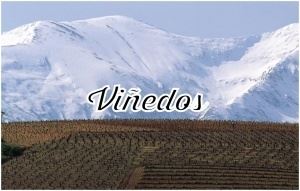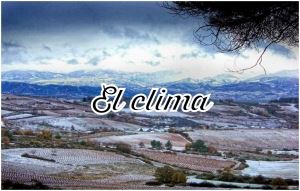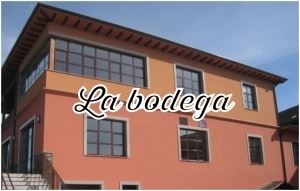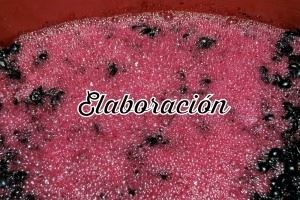Correo Clientes

Correo Comercial

Correo tecnico

Soils
Higher on the slopes, the soils are composed of a mixture of fine elements (quartzite, slate,…) and lower in the valley, the soils get decomposed elements from the slopes. In Bierzo most vineyards grow on brownish humid soils, slightly acid, and therefore with no carbonates (typical of humid climate). The acidity level of the soil ranges from 4 to 8.5, being higher than 6 down in the valley. Most soils are poor in lime oxide, usually less than 3’000 kg/ha. (apart from the lower parts of the valley). Moreover, the maximum content of organic matter and nitrogen is usually between 2% and 4%. The average content is greater down in the valley than on the slopes, due to livestock being more common in the lower areas. Humidity and nitrification rates are reasonable, as the carbon to nitrogen ratio is around 11.9 in the valley and 11 in the meadows. However, phosphorus content is scarce (less than 100 gr), which is emphasised on the slopes; but as far as potassium (K20) is concerned, the rates are reasonable. The average is around 700 kg./ha. in the valley and 685 kg./ha. on the slopes. The key factors of quality are either on terraces with gentle tilt (where vineyards grow close to the river) or on steep slopes. In Bierzo, vineyards grow at an altitude ranging between 450 and 1’000 metres.
Most soils could be classified into 3 different categories: alfisols, inceptisols and entisols.
 |
Inceptisols: Soils of relatively new origin characterized by having only the weakest appearance of horizons or layers produced by soil-forming factors. They are usually arable with appropriate control of erosion or drainage.
Alfisols: Usually characterized by an argillic, a kandic or a natric horizon with a base saturation of 35% or greater. Arable soils with water content adequate for at least three consecutive months of the growing season.
Entisols: Soils characterized by the absence (or almost absence) of horizons (or layers of the soil-forming processes). Shallow and highly resistant to extreme conditions. |
El Bierzo
The region of Bierzo is located in the northwest of the province of León, within the Autonomous Community of Castilla y León (Spain has 17 self-governing regions called Autonomous Community).
With 2’954,28 km2, Bierzo represents 18% of the province. From a geographic point of view, Bierzo is bordering with the provinces of Orense, Lugo and Oviedo. Within the province of León, we may highlight a few areas, such as “La Montaña” (Mountain) including for example Muria de Paredes and Laciana, “La Cabrera” (which means “Goatherd”; name probably due to the suitable terrain for goat habitat) and “La Meseta” (Plateau). Bierzo is therefore a transition area between León, Galicia and Asturias.

 |
Bierzo is a tectonic depression. An Alpine orography where a range of blunt and flattened mountains with residual crests stand out. But also a lower area of narrow valleys with deep gorges. An intra-mountainous depression formed by sediments. Its peculiar orography defines the most suitable agriculture in each area. |
 |
Quotes from Pliny the Elder and Strabo (1st century B.C.) already describe vineyards in the region nowadays known as Bierzo. Name derived from the Pre-Roman city of Bergidum. Romans were the drivers who developed agriculture in this region, introducing new plants such as grapevines, more specifically the species Vitis Vinifera native to Caucasus (Armenia), as well as new techniques, such as ploughing.
|
 |
However, the biggest extension of our vineyards is related to the development of Medieval monasteries and more specifically the Cistercians, as wine is an essential part of their worship and diet. During the Middle Ages, with the Pilgrimage to Santiago de Compostela (St James’s Way), new monasteries were built and therefore also new villages and hamlets. The extension of vineyards grew and wine became more and more important to the economy of the region. After centuries of production and earning some renown in Galicia and Asturias, the wines form Bierzo suffered a terrible setback in the late 19th century, when the phylloxera plague spread and destroyed most of the vineyards, causing an important economic crisis. |
 |
In the beginning of the 20th century, the wine production recovery became reality thanks to grafting onto American rootstocks and this important change allowed wine to play again the important economic role it used to. In the 70’s the co-operative movement emerged and has been since then a key factor in the wine industry. The quality of the wines from Bierzo finally won in 1989 a decisive recognition when the Ministry of Agriculture, Fisheries and Food granted a specific appellation to the wines from this region. |
 |
Our vineyards
Climate, soils and grape varieties
The favourable location of Bierzo is certainly one of the relevant factors influencing the quality of the wines. A main valley with tiny lateral valleys, a very special microclimate with mild temperatures (hardly no frost with an average of 3 days per year), that helps a good and fast ripening of the indigenous grapes and early harvests.
Everything starts here to guarantee the maximum quality of the wines.
Our vineyards (around 1’000 hectares) are located in the best areas. Different soils and different altitudes to help us selecting the best grapes for each wine. Most of our vineyards are old with bush vines of Mencía of at least 40 years old. However, the trellis system (wire-trained vines) is common in younger vineyards (15 years old). The average altitude is 600 metres above sea level on steep slopes facing south with different types of soils depending on the altitude and area (slate and other minerals such as iron and quartz, gravel and pebbles with usually a clayey subsoil) and an average yield of 4’000 kg. per hectare.
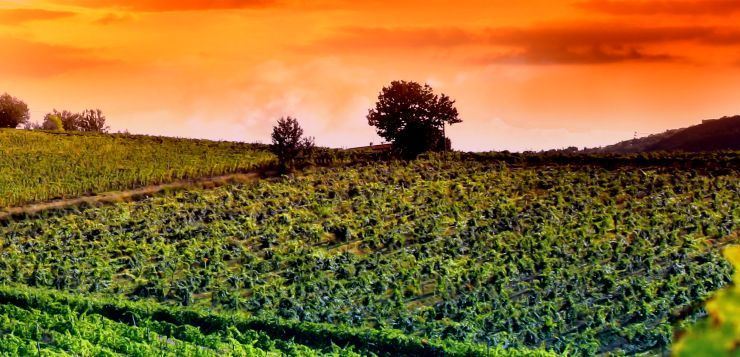
Viticulture
Our priority is to apply first in the vineyards and then at the winery the most natural and respectful methods possible in order to produce wines with the true character and essence of each terroir. In order to get the maximum quality in our grapes, we combine the traditional knowledge of our growers with modern techniques, such as soil analysis and phitosanitary tests. Moreover, to get the best conditions to vinify and age our wines, we reduce the yield of our vines with green harvest and crop thinning before the veraison, we prefer traditional ploughing rather than herbicides, we minimize any spraying and try to avoid any chemicals to guarantee the maximum respect and protection to the ecosystem of our vineyards.
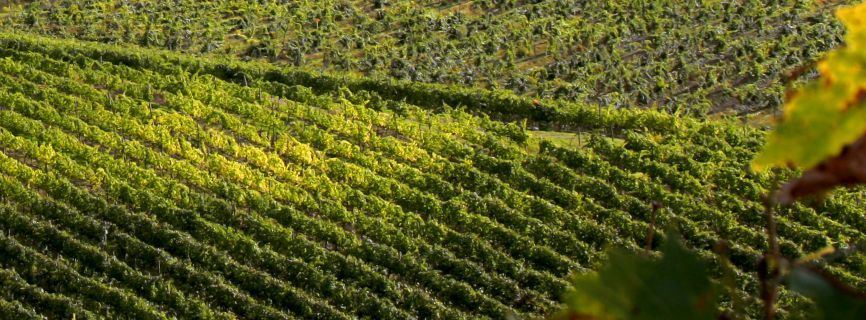
Plots
Since our first vinification, we have been constantly improving the knowledge and control of our vineyards. A selection of plots with different characteristics vinified separately helped us to discover the potential of each one and find exceptional vines. Outstanding plots of very old vines with extremely deep roots that force each vine to get the nutrients from the subsoil. The follow-up of each plot is decisive to study the needs of each one according to the soil and the altitude, so that a specific viticulture program may be applied. This is the key factor we most focus on, as our priority is to produce unique wines with the characteristics of each terroir to enhance the purest expression of our grapes.
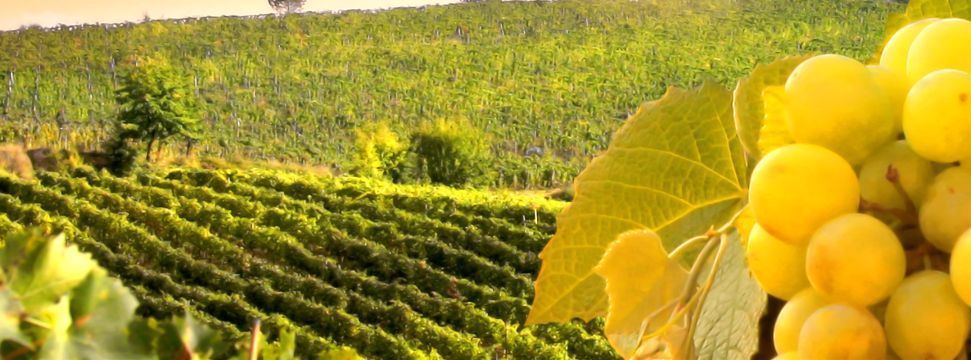
Climate
Bierzo is a transition between Mediterranean and Atlantic climates with local characteristics depending on altitude, orientation, tilt, alignment with the mountain range, etc.
In the province of León, the temperatures are higher in the lower areas with little rainfall. Higher in the mountains the average rainfall is usually more than 1’000 mm. per year with a maximum of 1’600 mm. in the mountains of the northwest (with also heavy snowfall). The closer we come down to the depression where Bierzo is located, the lower the rainfall with an average in Bierzo of 600 mm. per year. As far as temperature is concerned, the annual average of the province is 11.2ºC with a usual temperature of 8ºC in the mountains and 13ºC in Bierzo.
The climate of the province is Mediterranean with a continental influence of the Plateau, but with higher values for the usual minimum temperatures, more rainfall and lower values for the maximum summer temperatures. The closer we get to the mountains, the more Atlantic influenced the climate will be with milder temperatures and more rainfall. As from 1’600 metres high, we may experience the toughest and extreme conditions in areas facing northwest and northeast. However, in the valley, where the Sil river flows, the average annual temperature is around 14ºC.
In winter the maximum temperature doesn’t exceed 5ºC and in summer (specially in July and August) the average temperature is around 21ºC. The curve showing the average rainfall drops during these months to be lower than the average temperature and therefore points out a water deficit in July and August. From November till March, with temperatures not surpassing 5ºC, we may experience frosts. The average temperature and rainfall clearly show the strong Atlantic influence during this period.
All these factors define the specific microclimate of Bierzo, also pointing out very special conditions in some areas.
Climatological values . Ponferrada
Latitude: 42° 33' 50'' N - Longitude: 6° 36' 0'' O -
|
Month
| T | TM | Tm | R | H | DR | DN | DT | DF | DH | DD | I |
|---|---|---|---|---|---|---|---|---|---|---|---|---|
| January | 4.5 | 8.1 | 1.0 | 71 | 83 | 9 | 2 | 0 | 6 | 13 | 6 | 85 |
| February | 6.8 | 11.4 | 2.3 | 64 | 75 | 8 | 2 | 0 | 1 | 8 | 5 | 102 |
| March | 9.4 | 15.0 | 3.7 | 43 | 67 | 8 | 1 | 0 | 0 | 4 | 7 | 156 |
| April | 11.1 | 16.8 | 5.5 | 51 | 66 | 9 | 0 | 1 | 0 | 1 | 5 | 187 |
| May | 14.4 | 20.4 | 8.5 | 59 | 66 | 10 | 0 | 2 | 0 | 0 | 4 | 196 |
| June | 18.6 | 25.4 | 11.8 | 34 | 61 | 6 | 0 | 3 | 0 | 0 | 6 | 268 |
| July | 21.5 | 28.9 | 14.1 | 24 | 58 | 4 | 0 | 3 | 0 | 0 | 11 | 307 |
| August | 21.0 | 28.4 | 13.6 | 26 | 59 | 3 | 0 | 2 | 0 | 0 | 11 | 287 |
| September | 17.9 | 24.3 | 11.4 | 49 | 65 | 6 | 0 | 1 | 0 | 0 | 10 | 217 |
| October | 12.9 | 17.8 | 7.9 | 74 | 76 | 9 | 0 | 0 | 2 | 0 | 5 | 156 |
| November | 8.2 | 12.1 | 4.3 | 76 | 82 | 9 | 0 | 0 | 5 | 5 | 7 | 109 |
| December | 5.5 | 8.7 | 2.2 | 92 | 84 | 11 | 1 | 0 | 8 | 10 | 5 | 63 |
| Year | 12.6 | 18.1 | 7.2 | 668 | 70 | 93 | 6 | 13 | 23 | 40 | 82 | 2113 |
Legend
|
T |
(Yearly/monthly) average temperature (ºC) |
|
TM |
(Yearly/monthly) average of the maximum day temperatures (ºC) |
|
Tm |
(Yearly/monthly) average of the minimum day temperatures (ºC) |
|
R |
(Yearly/monthly) average rainfall (mm.) |
|
H |
Average relative humidity (%) |
|
DR |
(Yearly/monthly) average number of days with a minimum rainfall of 1 mm. |
|
DN |
(Yearly/monthly) average number of days of snowfall |
|
DT |
(Yearly/monthly) average number of days of storm |
|
DF |
(Yearly/monthly) average number of days of fog |
|
DH |
(Yearly/monthly) average number of days of frost |
|
DD |
(Yearly/monthly) average number of days of clear days |
|
I |
(Yearly/monthly) average number of sunlight hours |
Winemaking
In the charts below we explain the vinification of our wines.
Winemaking combined with viticulture is with no doubt what determines the final result: our wines.
It is of course not necessary to understand every detail of our vinification and viticulture program to enjoy our wines, but to have some idea about it will definitely help you getting the big picture and therefore better understand our wines and the way we work.
We hope you’ll enjoy them!
 Paseo de la constitución 106. 24540 Cacabelos (León) Spain
Paseo de la constitución 106. 24540 Cacabelos (León) Spain +34
+34 
 vinosdelbierzo
vinosdelbierzo




